During the 1930s, the Civilian Conservation Corps did more than plant trees, fight fires and build thousands of miles of trails. One of the most singular projects in the west was helping create an accessible tourist attraction at Colossal Cave. Join us as we dig a little deeper into the past for a unique tour outside of Tucson, Arizona.
Disclosure: This post contains Affiliate links.
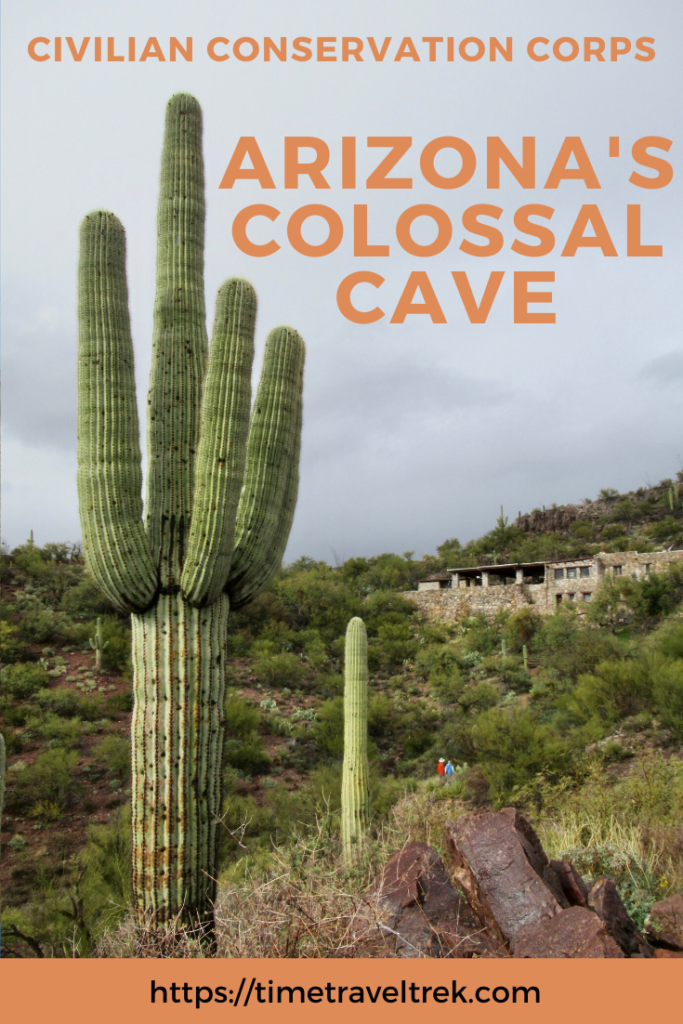
Table of Contents
What Was the Civilian Conservation Corps?
The year is 1933. Franklin D. Roosevelt becomes president in March. He is tasked with rallying a nation in the middle of the Great Depression. During this time, the country is in an economic and social tailspin. F.D.R. reacts quickly.
Within days of his appointment, Roosevelt convinces Congress to legislate and fund a series of Federal programs aimed at getting people back to work. Perhaps the most well-known of these programs is the Civilian Conservation Corps. Roosevelt’s goals are clear: “Conservation of our natural resources and conservation of our human resources. Both are sound investments for the future.”
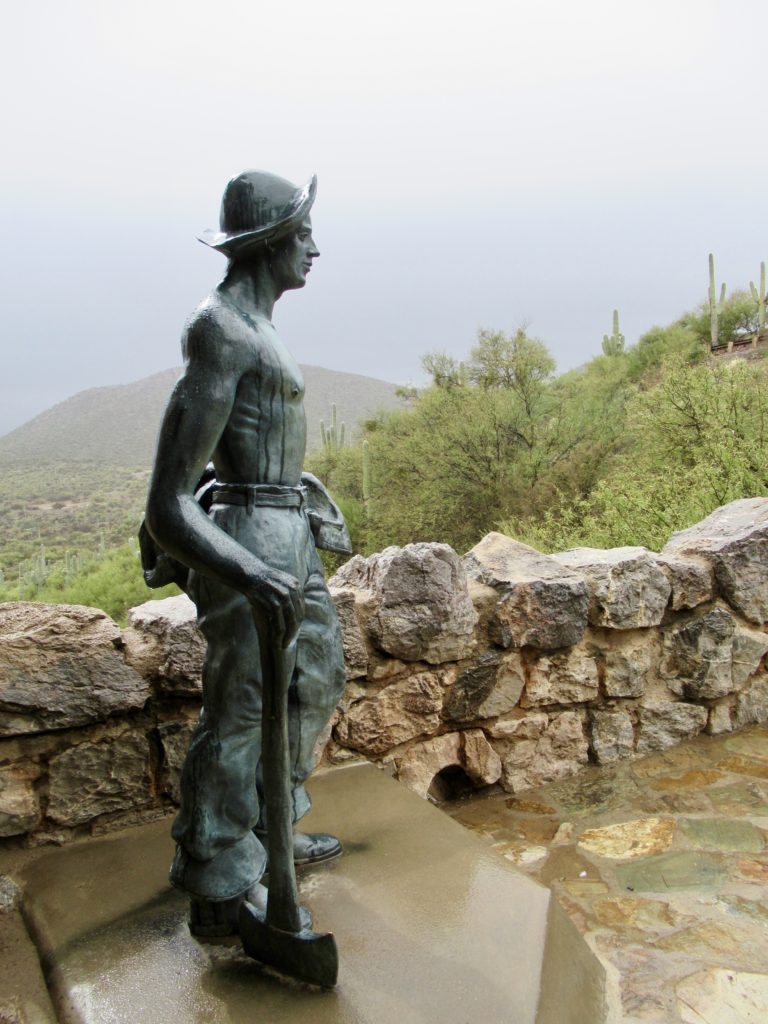
Civilian Conservation Corps enrollees (Photo: Megan Kopp)
Creating a Legacy
By April, the first enrollees are inducted into the CCC. Three months later, over 250,000 young, unmarried men are stationed in 1,300 different Civilian Conservation Corps camps. They are allowed to enrol for a six-month term.
In exchange for their work, participants receive food, shelter, clothing, educational instruction, and $30/month – $25 of which must be sent home to their families. Camps are eventually found in every state in the contiguous United States, plus Alaska, Hawaii, Puerto Rico and the Virgin Islands.
Staggering Stats
- Total enrolled: 3,463,766
- Non-enrolled personnel: 365,755
- Average enrollee: 18 to 19 years old, 147 pounds, 5’8 ¼” tall
- Average weight gain of enrollees during first three months: 11 ½ pounds
- Number of illiterate enrollees taught to read: 40,000+
- Average number of camps operating in the U.S. per year: 1,643
- Total number of different camps: 4,500
- Number of people directly benefiting from enrollees’ checks home: 12-15 million
- Allotments to dependents: $662,895,000
- Total cost: 3 billion dollars
- Value of work in 1942 dollars: 2 billion dollars
- Road built: 125,000 miles
- Telephone lines strung: 89,000 miles
- Foot trails built: 13,100 miles
- Acres of farmland which benefited from erosion control projects: 40 million
- Steam and lake bank protection: 154 million square yards
- Fire-fighting days: > than 6 million
- Number of enrollees who died fighting fires: 29
- Overall death rate: 2.25 per thousand
- State Parks development: 800 parks
- Public campground development: 53,000 acres
- Historic restoration: 3,980 structures
- Number of trees planted: 2-3 billion
- Number of conservation-related workdays: 7,135,000
The CCC’s Only Cave Project in the West
Building a legacy is what the Civilian Conservation Corps did across the county in the nine years of its existence. This heritage lives on across the United States. Just outside of Tucson, Arizona is a massive monument to the CCC’s work – Colossal Cave.
But first, a little back cave story. Archaeologists know that Colossal Cave was used as a temporary shelter by the Hohokam as early as 900 A.D. It remained a campsite for the Tohono O’odham and the Apache people up until historic times, but the cave remained a secret to settlers moving westward until the 19thcentury. In 1879, a local rancher named Solomon Lick stumbled across the cave. Within no time he was leading a few tours into what local newspapers dubbed the “Arizona Catacombs.”
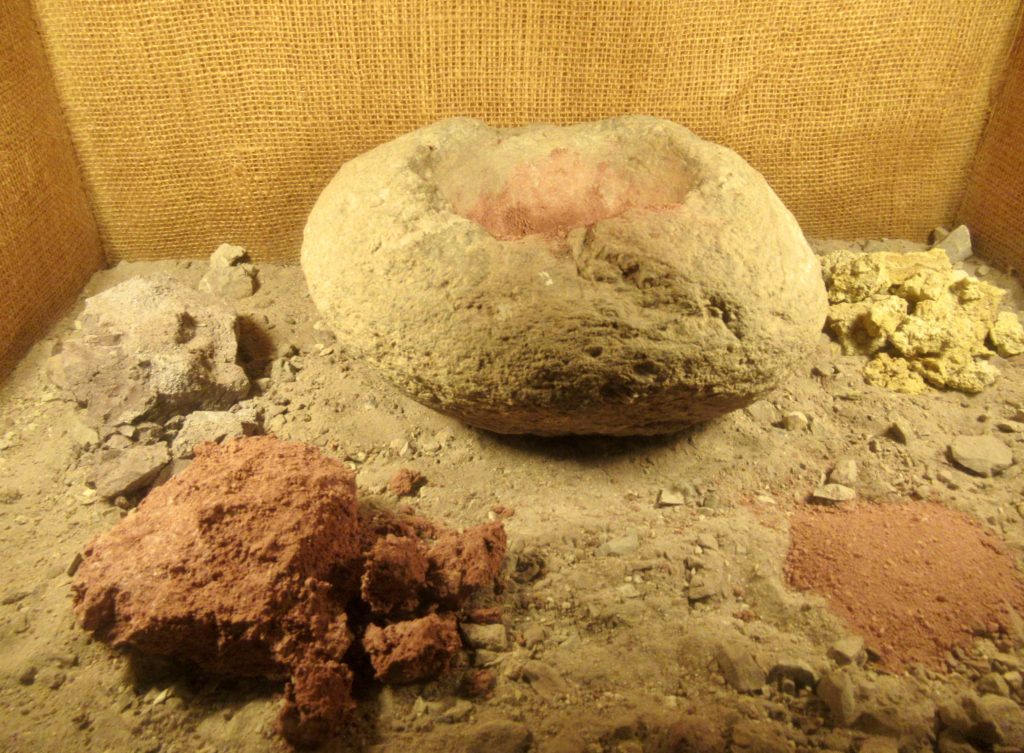
The “Mountain Springs Cave” – as it came to be known – attained legendary status when train robbers reportedly used it on two separate occasions as a hideout. The robbers never noticed the Cave’s real riches – bat guano. In 1905, a tunnel was excavated to mine the guano.
Appreciation and Preservation of Colossal Cave
By 1917, a local entrepreneur started offering auto tours to “Colossal Cave.” Five years later, German immigrant, Frank Schmidt, obtained a mineral lease for land around and including the cave. He began exploring the caverns and felt they should be appreciated.
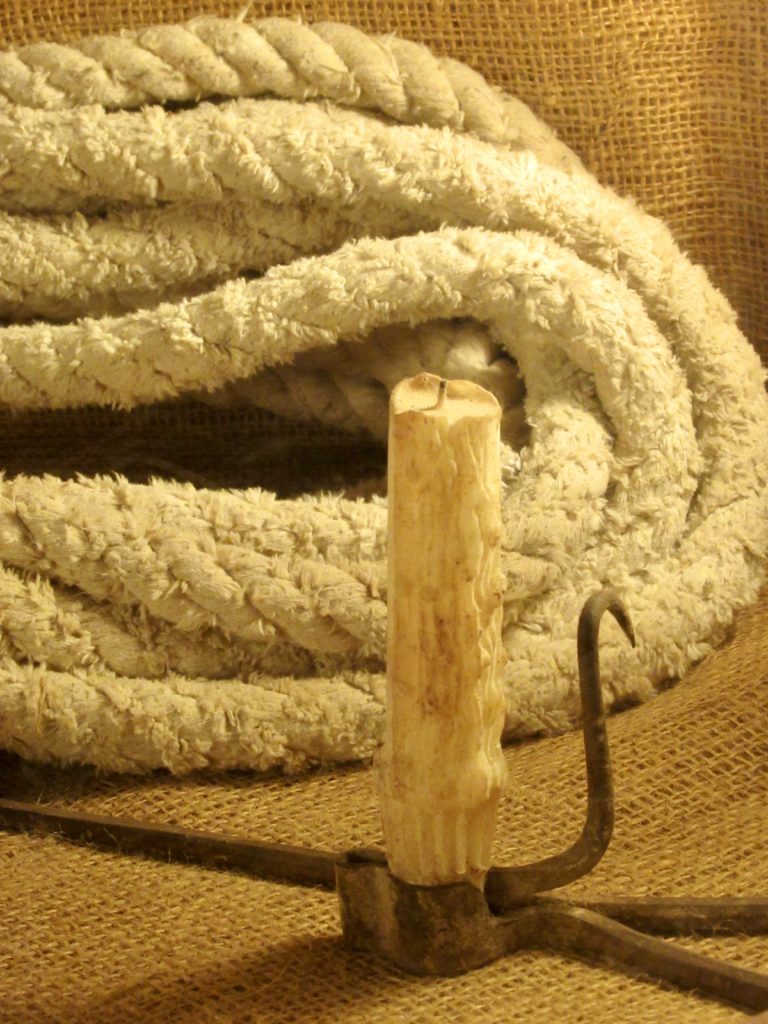
Schmidt decided to allow people to tour the cave for 25 cents. At the narrow rabbit hole of an entrance, he handed them a rope and candle and helped push them in. In 1934, Schmidt agreed to give up his lease so that the federal government could make some improvements. Enter the Civilian Conservation Corps.
Heading Underground
Before the CCC, access to Colossal Caves was limited. Between 1934 and 1937, around 400 enrollees worked in the cave. They started by expanding the original “rabbit hole” entrance with a little dynamite. They built scaffolding to build up the uneven cave surface, installed walkways, put up handrails and added lighting to make the cave more accessible.
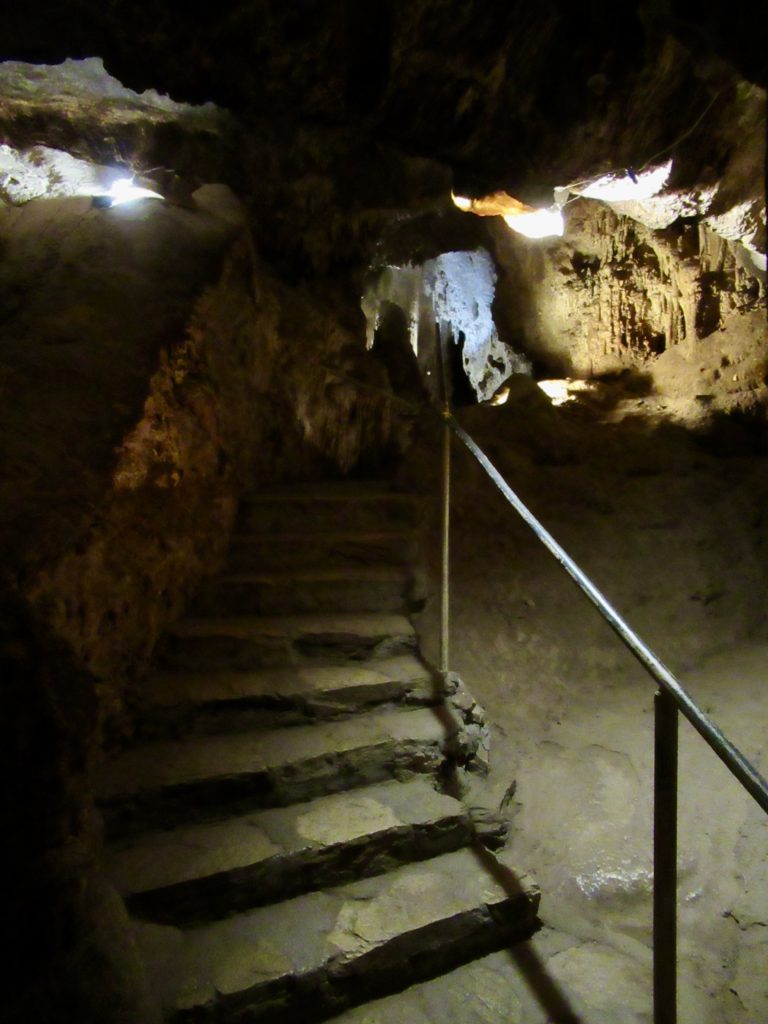
The two o’clock tour lines up under hand-hewn ramada supported by stacked limestone rocks. The attached building is now the ticket office. It was originally built by the CCC in the 1930s as a home for Frank Schmidt. Schmidt was hired to run the cave as a park – which he did until 1956.
Inside the Cavern
Our guide provided a brief safety talk, warned us again of the 350-plus steps we would encounter in our ½ mile loop tour and opened the gate. We ducked and dodged low cave formations, chuckled at the cave witch formation (her nose points the way out!), peered way down off the edge of walkway in a couple places and felt just a little anxious for the rambunctious two-year-old who didn’t want to hold mom or dad’s hand.
With our relatively small tour of 12, we wander through Frank’s “living room”, six stories below our truck parked above. Here, Frank and friends camped out for six days while mapping the more than 3 ½ miles of accessible cavern. It was also here that Schmidt would come in the heat of summer months to enjoy the relatively cool, year-round interior temperature of around 70 degrees Fahrenheit.
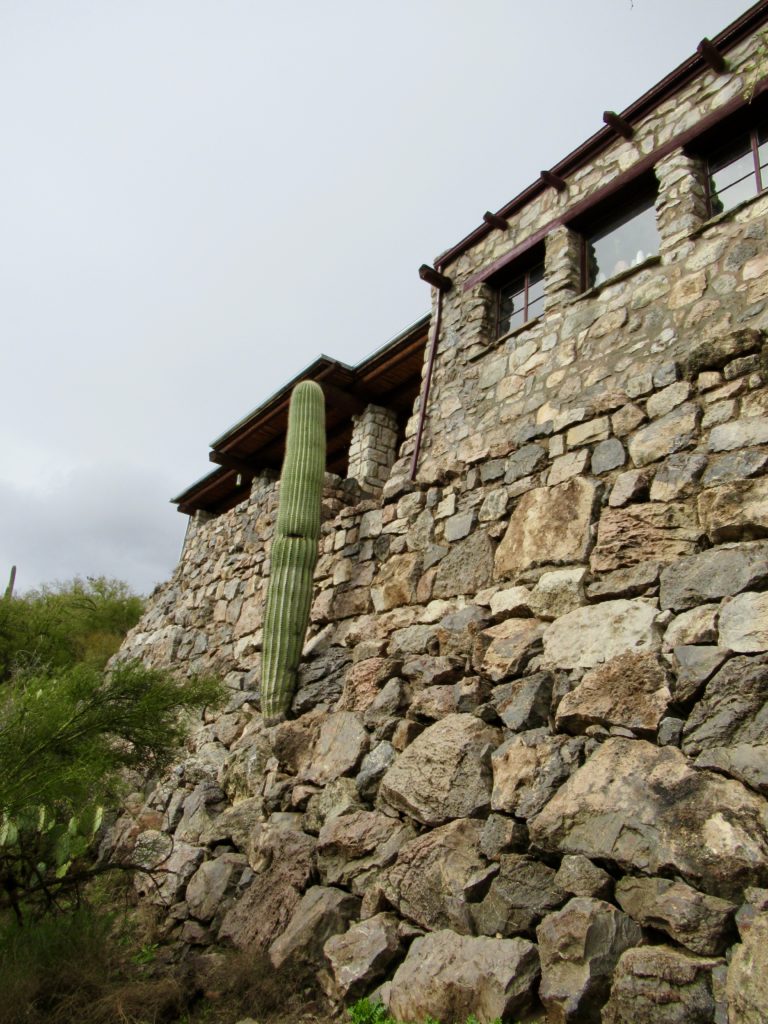
The cave is far from pristine, water no longer flows inside, decades of dust has settled on formations and many stalactites are broken thanks to thoughtless souvenir hunters in the early years of tourism. That being said, it’s backstory – both geologic and historic – make it worthy of an hour-long tour or multi-hour “wild” adventure.
Camp Office to CCC Museum
As soon as I learned that the former Civilian Conservation Corps camp office is now the CCC Museum at Colossal Cave Mountain Park, I had to check it out. According to the CCC Legacy website, this is only one of three Civilian Conservation Corps museums in Arizona – the other two being exhibits at South Mountain Park Environmental Education Center in Phoenix and at Walnut Canyon National Monument in Flagstaff.
I asked the girl behind the cash register in the ticket office where the CCC museum was located.
“It’s closed.”
Closed for an indefinite period of time, we learned. Sigh.
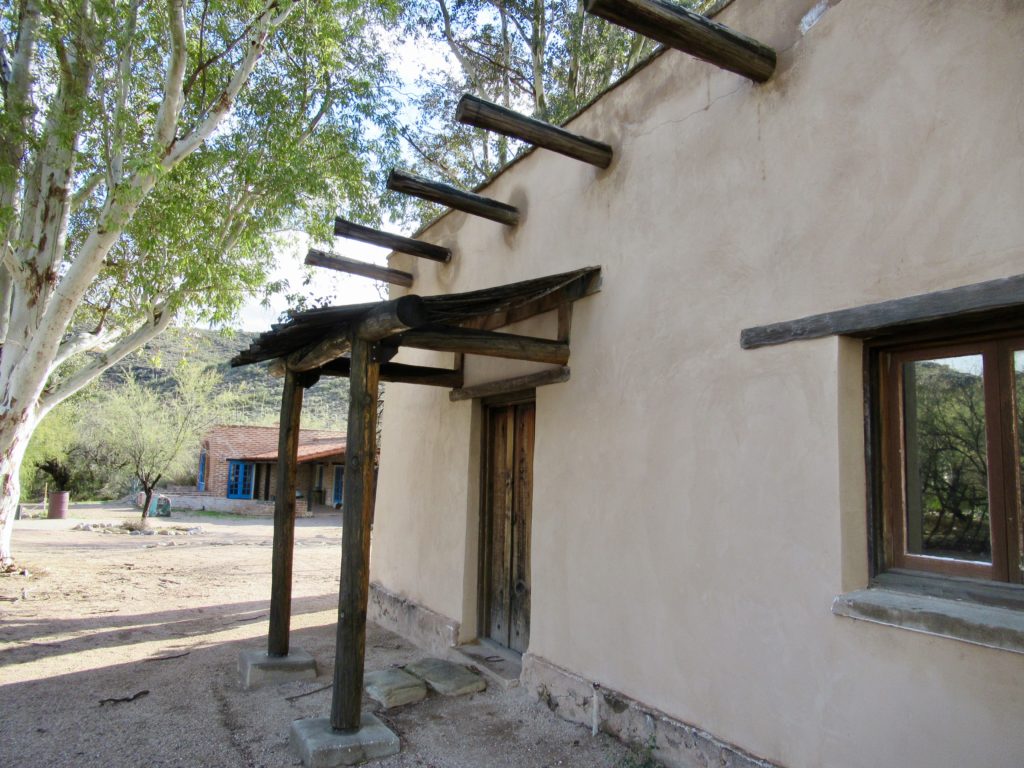
through the windows (Photo: Megan Kopp)
I asked for a map of the location anyhow and settled for peering in the windows at the displays that include handcrafted furniture, historic photographs in the former Civilian Conservation Corps camp office. It’s a beautiful little adobe building down near the La Posta Quemada Ranch homestead.
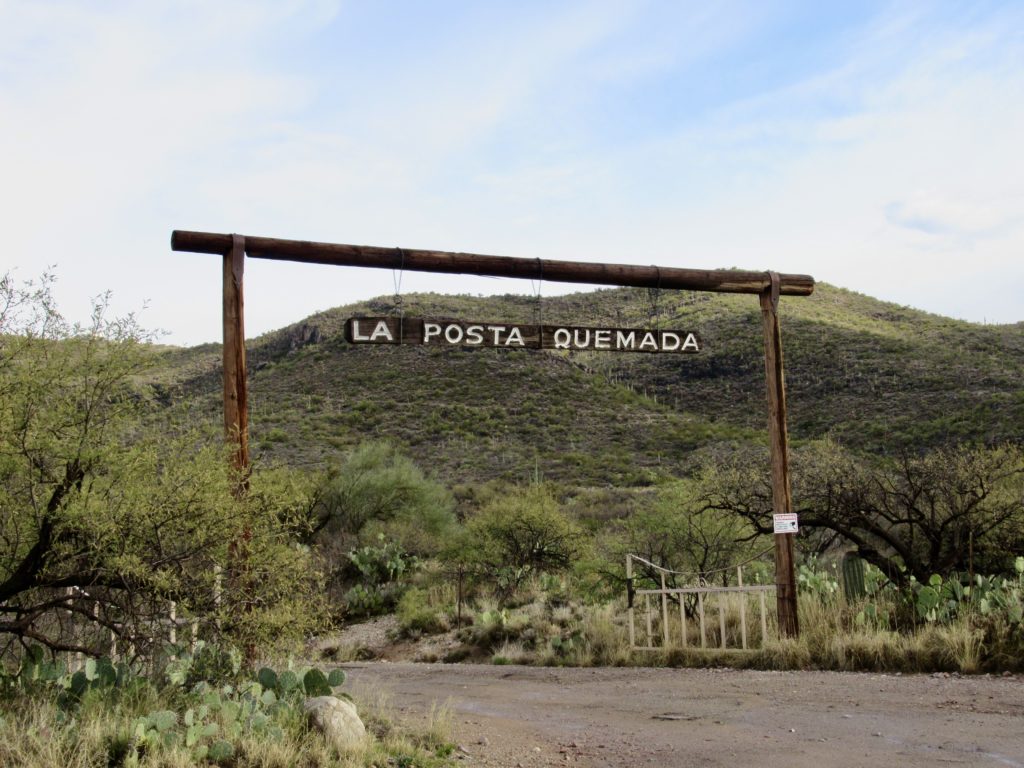
Colossal Cave Mountain Park is a 2,400-acre county park that includes both the cave and the ranch (started not long after the historic Empire Ranch) and is listed on the National Register of Historic Places. The buildings are as worthy of investigating as the caves themselves – all CCC from the inside out.
When You Go
To reach Colossal Cave Mountain Park, take I-10 east of Tucson to exit 279 (Vail exit). Turn north and follow the signs for approximately 7 miles ( km) to the park entrance. The park is open from 8 a.m. to 5 p.m., 7 days a week (except for Thanksgiving and Christmas). For more information on cave tours, check here. Camping is available (registration is at cave tour ticket office) at $12/night for RVs. Note: No services, pit toilets and rough road.
Further Reading & Viewing
For additional Time.Travel.Trek. posts mentioning the work of the Civilian Conservation Corps, check out:





Leave a Reply